5 Kitchen Design Tips From the Experts
Good design matters more in a kitchen than almost anywhere else, whether your home is a small apartment or big townhouse. Experts weigh in with their top tips for kitchens.

Is there any space more important or hard to get right than the kitchen? Whether you live in a small apartment or an entire townhouse, good design — especially in Brooklyn, where the existing architecture can present challenges — can turn a blah, awkward space into one that’s beautiful and functional. Here are five top design tips from Brooklyn kitchen design experts.

1. Be realistic about your needs.
How do you use your kitchen? What do you want to do in it? Do you do a lot of cooking, have kids, entertain frequently, or will you mostly be heating up prepared foods?
The answers can show what kind of space, layout and appliances will work best for you.
Many homeowners love the look of restaurant quality commercial kitchen with tens of thousands of BTU ranges and 600 CFM hood exhausts, but “more moderate appliance specifications can be much less expensive and easier to get through co-op boards and Department of Building code reviews,” says architect Alexander Stoltz, principal of Dumbo-based SA-DA Architecture, whose projects include the restoration and enlargement of an 1860s wood frame house on Adelphi Street in Fort Greene.

2. Consider real estate value.
Your time horizon for selling can affect design and budget. If you plan on selling anytime soon, it makes sense to spend slightly more to create a high-end kitchen that will appeal to a future buyer and help sell the property when the time comes, says Stoltz.
So, for example, if you’re spending a million or more on your real estate, “the stock advice would be to put an additional $10,000 or $20,000 toward a large, built-in refrigerator and more attractive cabinets and countertops,” he explains.
On the other hand, you plan to stay put for the next 15 to 20 years, “do what you want now and save money as you like,” he says. “At that point, the next owner is not going to want an old kitchen at the prices they will be paying.”

3. Great lighting is key.
Good lighting is always the most important part of any decor. In a kitchen, it’s especially important — you want to be sure you have lighting for functionality as well as ambiance.
Plan your lighting in advance so you can have everything where you need it before the kitchen goes in. If you are in a historic townhouse, you don’t necessarily need to drop the ceiling to add downlights — unless you want to. Good lighting can also be achieved with wall sconces and pendent lights, both of which work nicely in older homes.
Include both functional and decorative lights in your plan, says Manhattan-based architect Robert W. Anthony. “With today’s LED options, functional lights can even be located inside cabinets (think lower cabinets) to illuminate areas that are often a little dark. And don’t forget decorative lighting — even if it’s just one fixture in the middle of the room it can give the kitchen a comfortable feeling that makes in an inviting place to be.”

4. Make the best use of storage options.
“No matter how big or how small a kitchen is, the client always, always, always appreciates good storage,” says Anthony.
In a small kitchen, custom built-in cabinets that utilize every nook and cranny may be worth the expense. Shelves and hooks can also take advantage of vertical space.
Some lesser-known tricks Anthony recommends to eke more storage out of any space:
Big, awkward trays can be concealed behind toe kicks, in the recessed space between cabinets and the floor. Think you don’t have space for pantry items such as canned goods, spices and grains? Think again.
Narrow, deep areas can be outfitted with tall, pull-out pantry cabinets. Typically such spaces can be found next to structural columns and tall appliances such as a refrigerator or a stacked washer and dryer.

5. Go with a custom local millworker over imports.
How fancy will you get with your kitchen cabinets and counter materials? Will you go budget or high end? Ikea kitchen, standard pre-fab, semi-custom, custom local millworker, or name-brand Italian kitchen? Formica, tile, stone, wood, metal, concrete — those are just some of the many options to consider.
If budget allows, Stoltz often advises her clients to go with the custom local millworker over the imported name brand kitchens. A custom local millworker can often be competitive price wise with semi-custom, and you can precisely fit the cabinets to the quirks of your space, so you make optimal use of the space you have — and have it look good.
This is especially important in small kitchens, where it makes sense to spend more per square foot.
“My advice here is to go with the local millworker,” says Stoltz. “Unless you have excess time built into your schedule to allow for European factory summer shut downs and hold ups with customs, it may not be worth it. Additionally, much of the work coming from overseas is made with particle board and will not last as long as you would like – despite the high prices.”
Related Stories
Chim Chim Cher-oo: What You Need to Know About Getting Your Chimney Cleaned
6 Home-Inspection Deal Breakers
7 Fabulous Victorian Bathrooms Keeping It Old School
Email tips@brownstoner.com with further comments, questions or tips. Follow Brownstoner on Twitter and Instagram, and like us on Facebook.
[sc:daily-email-signup ]

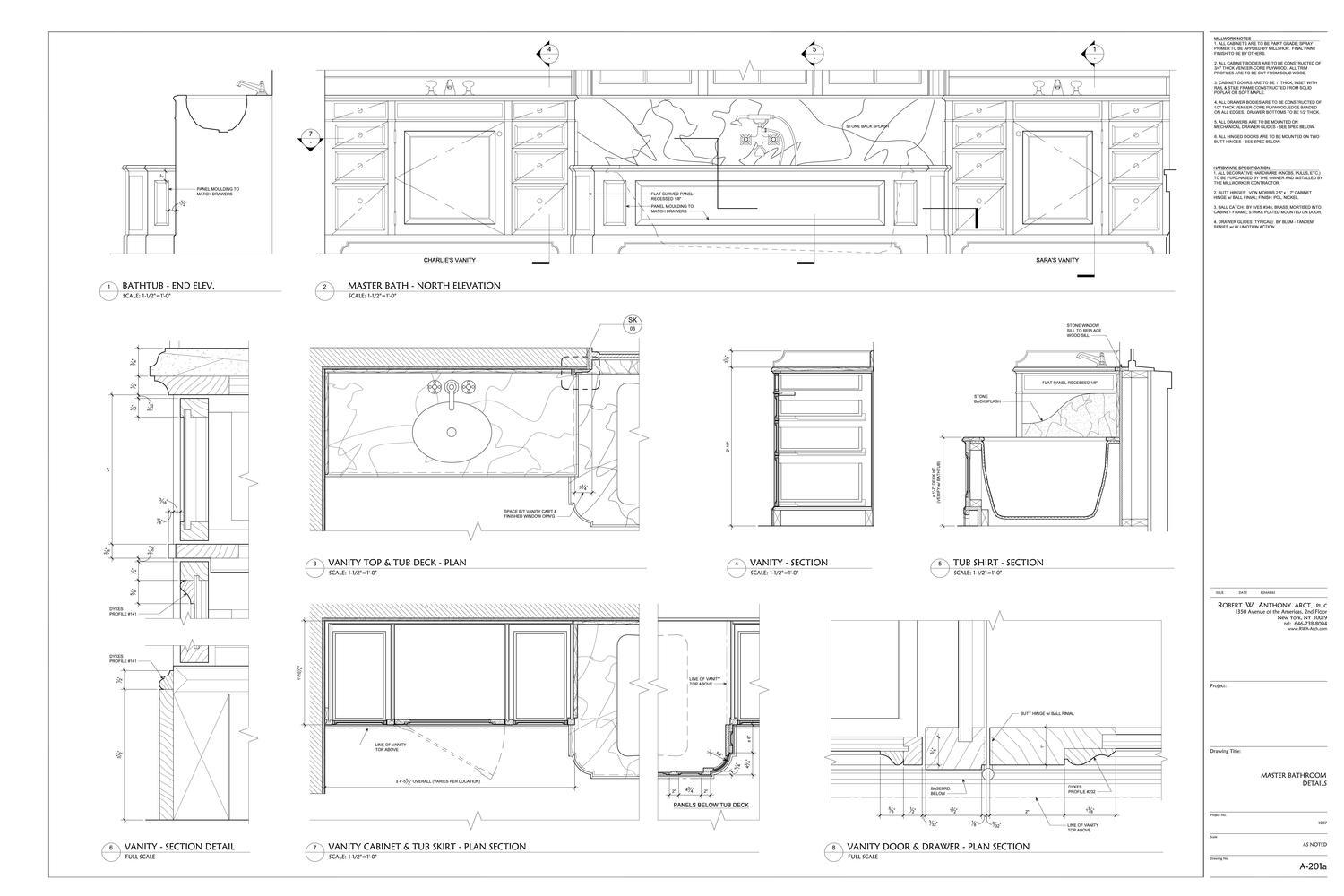

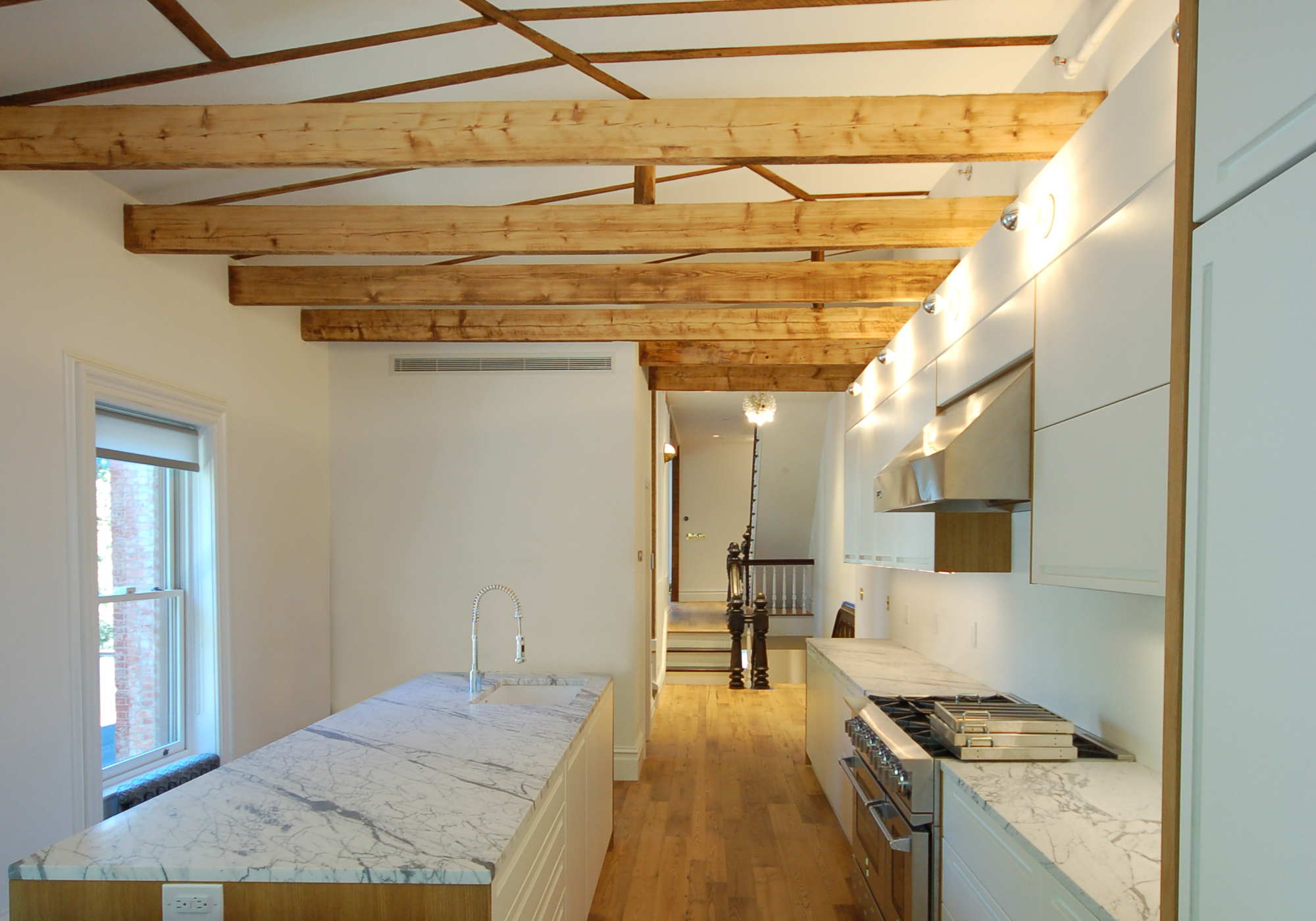
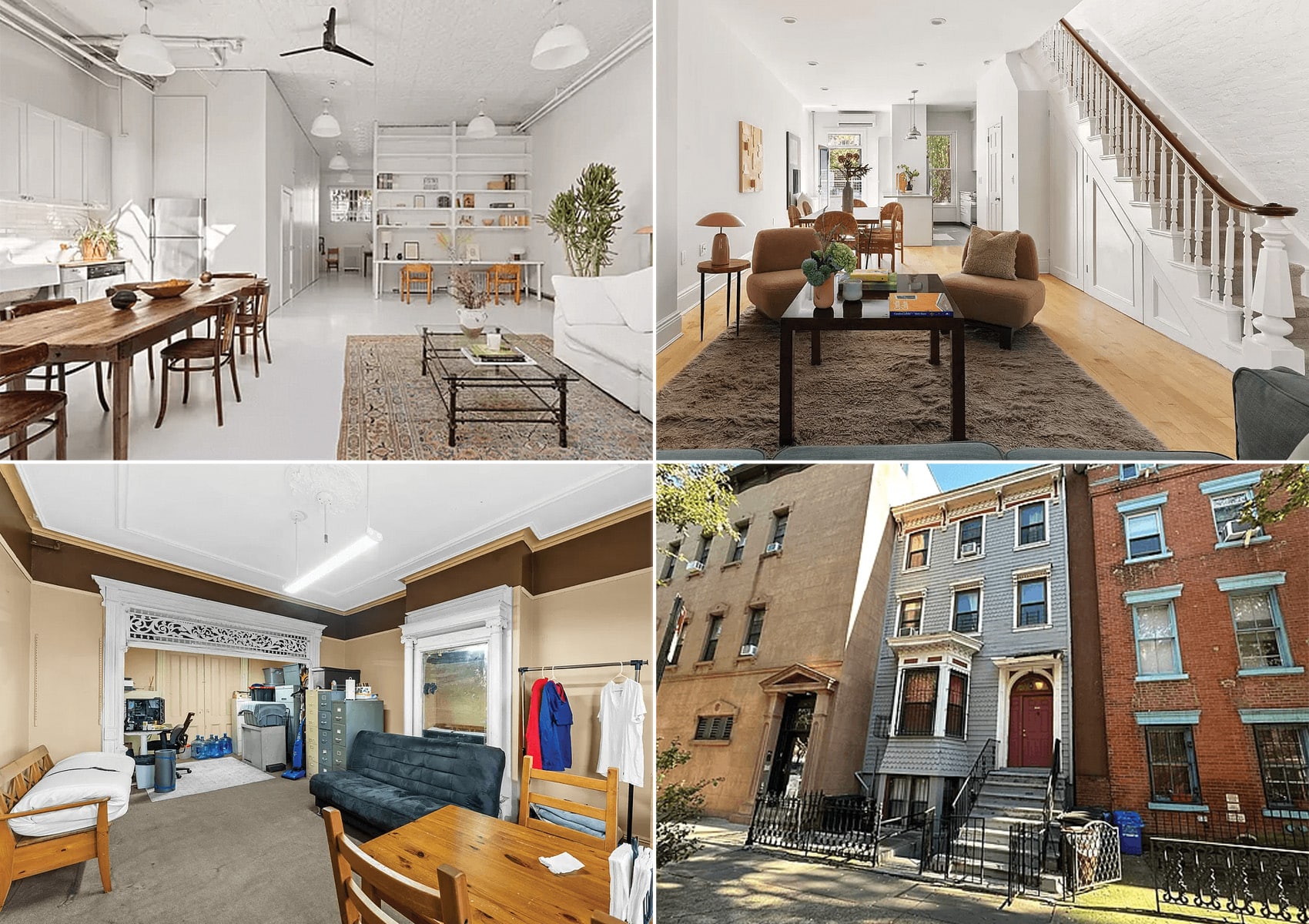
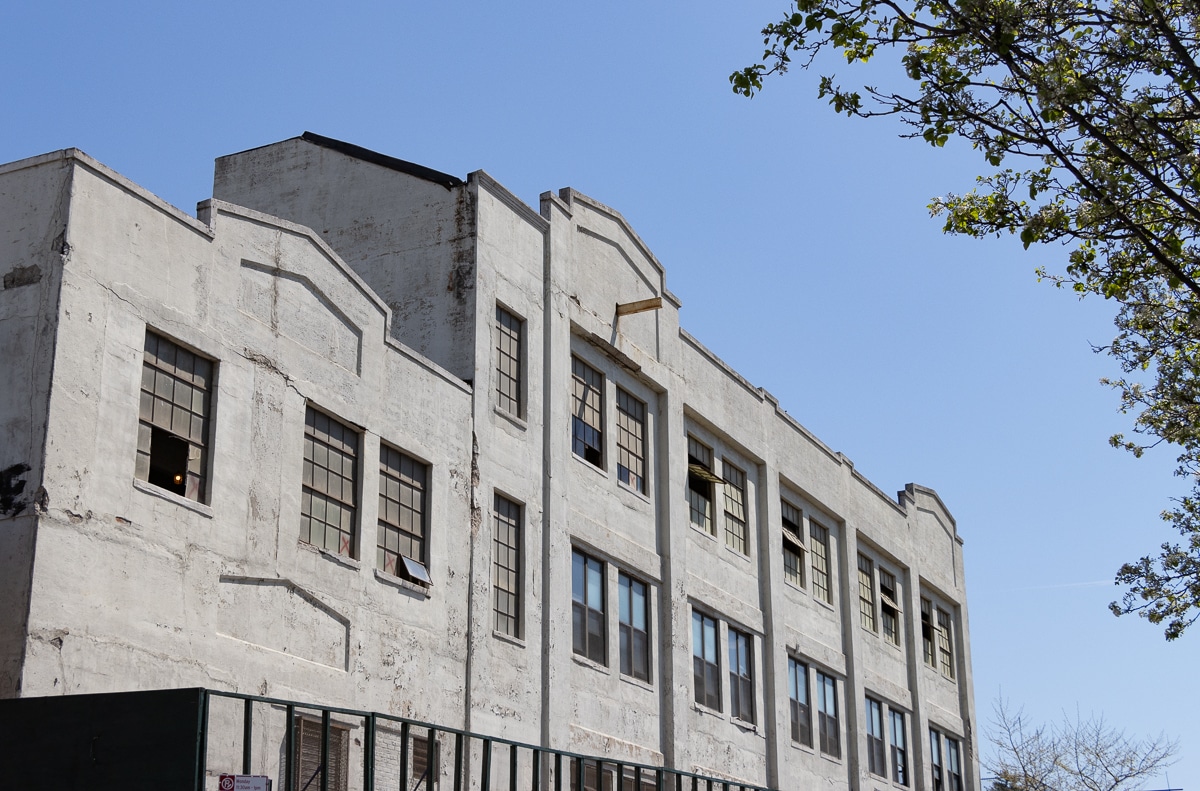


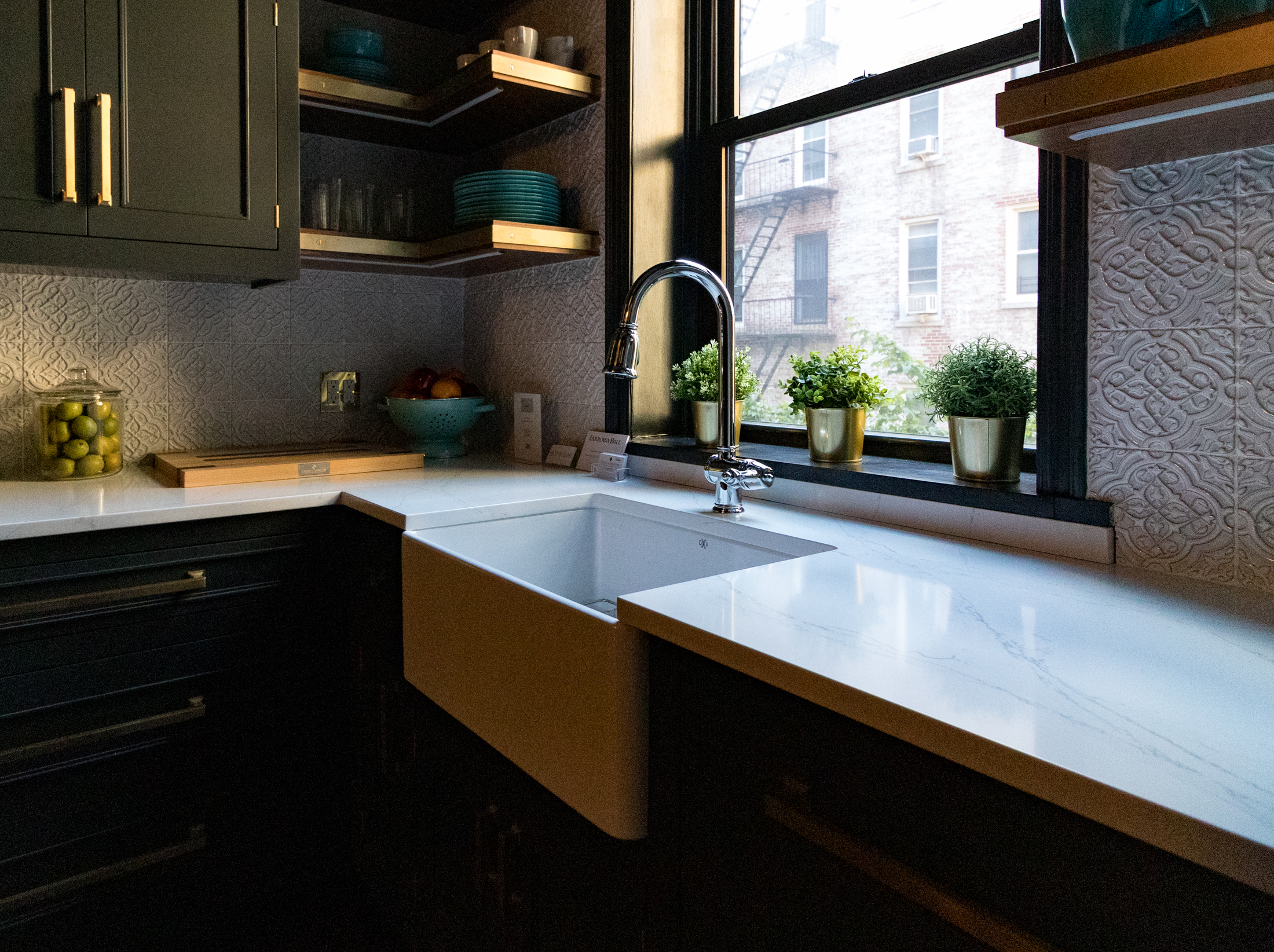
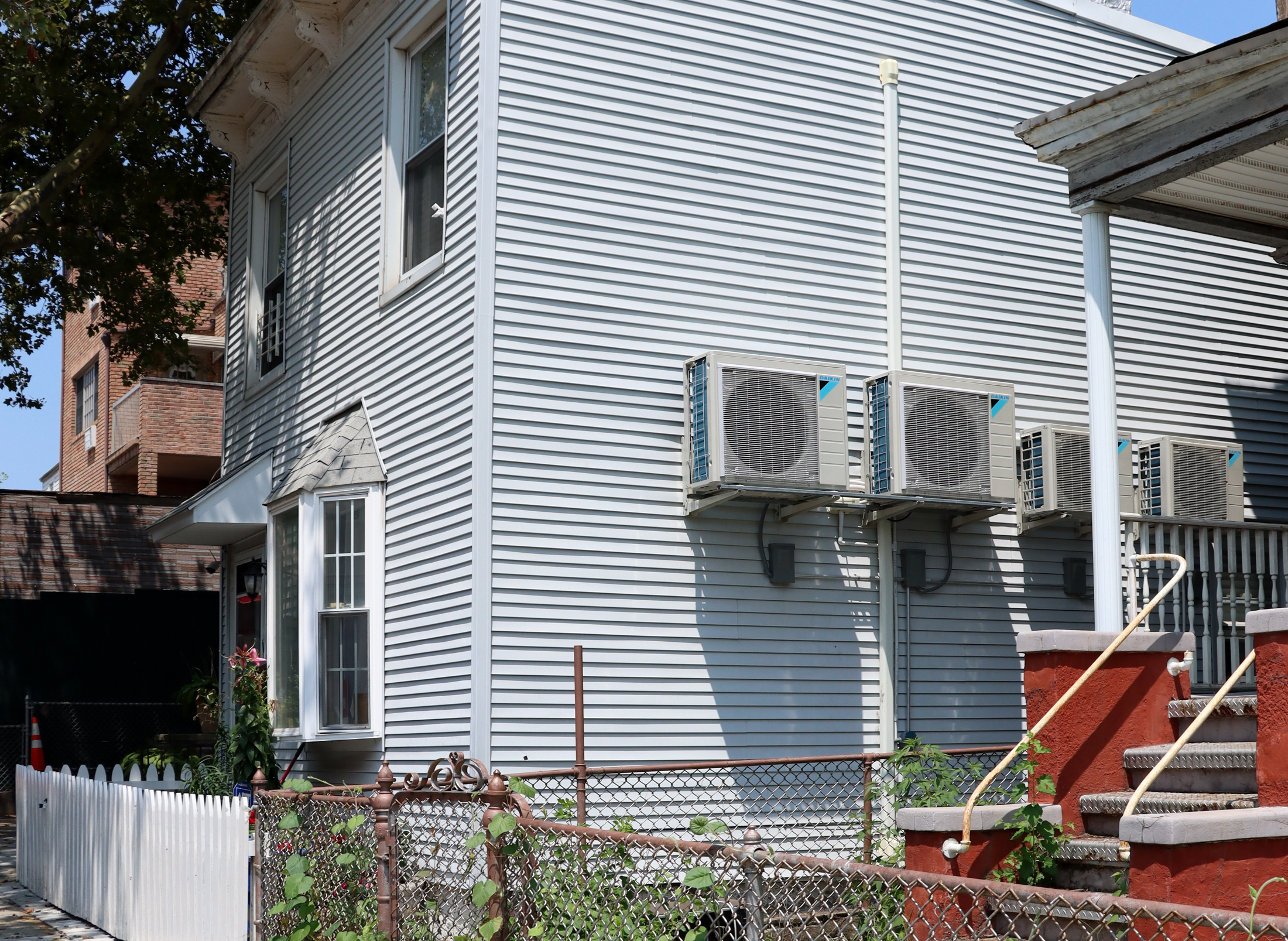
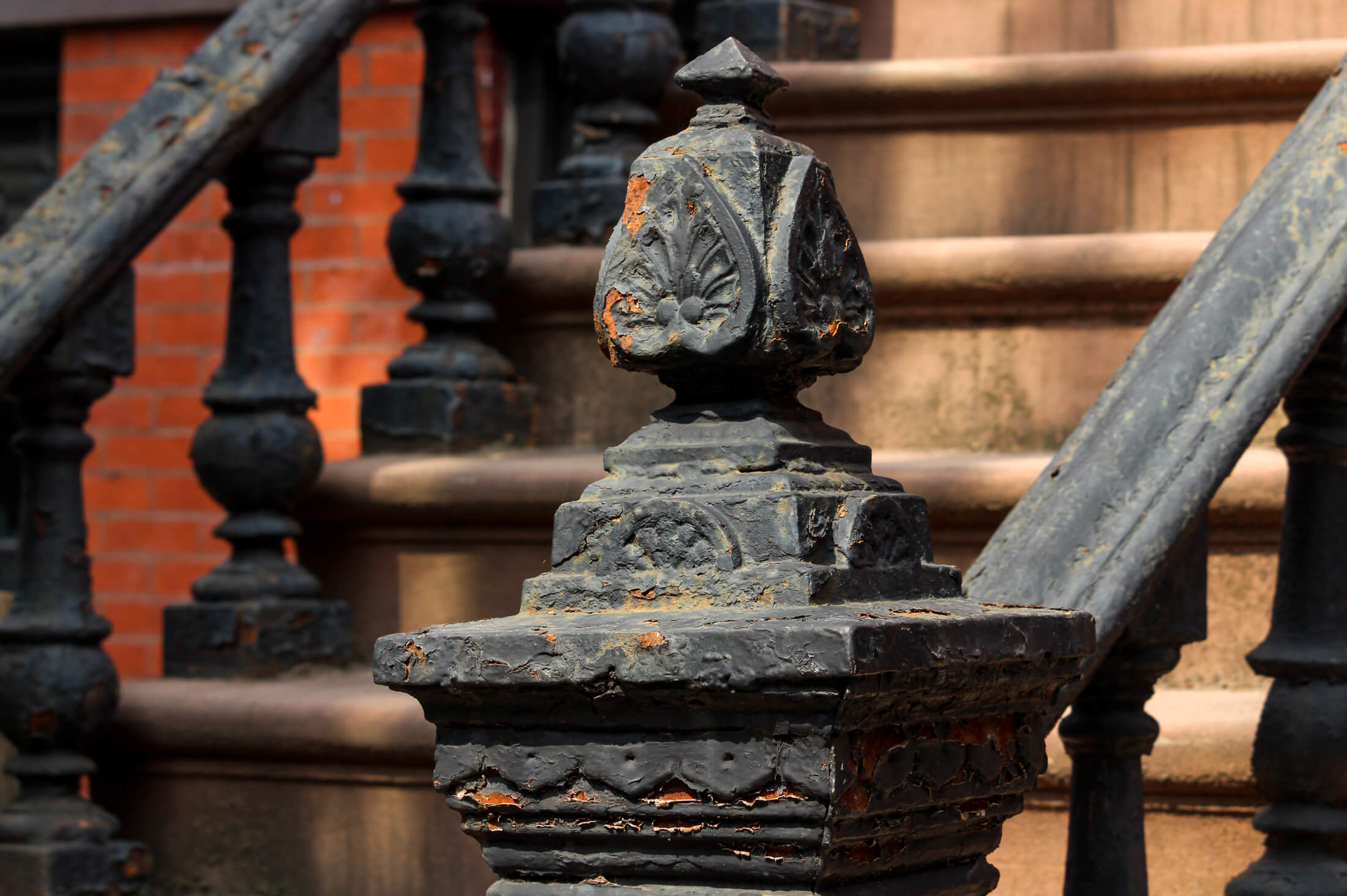
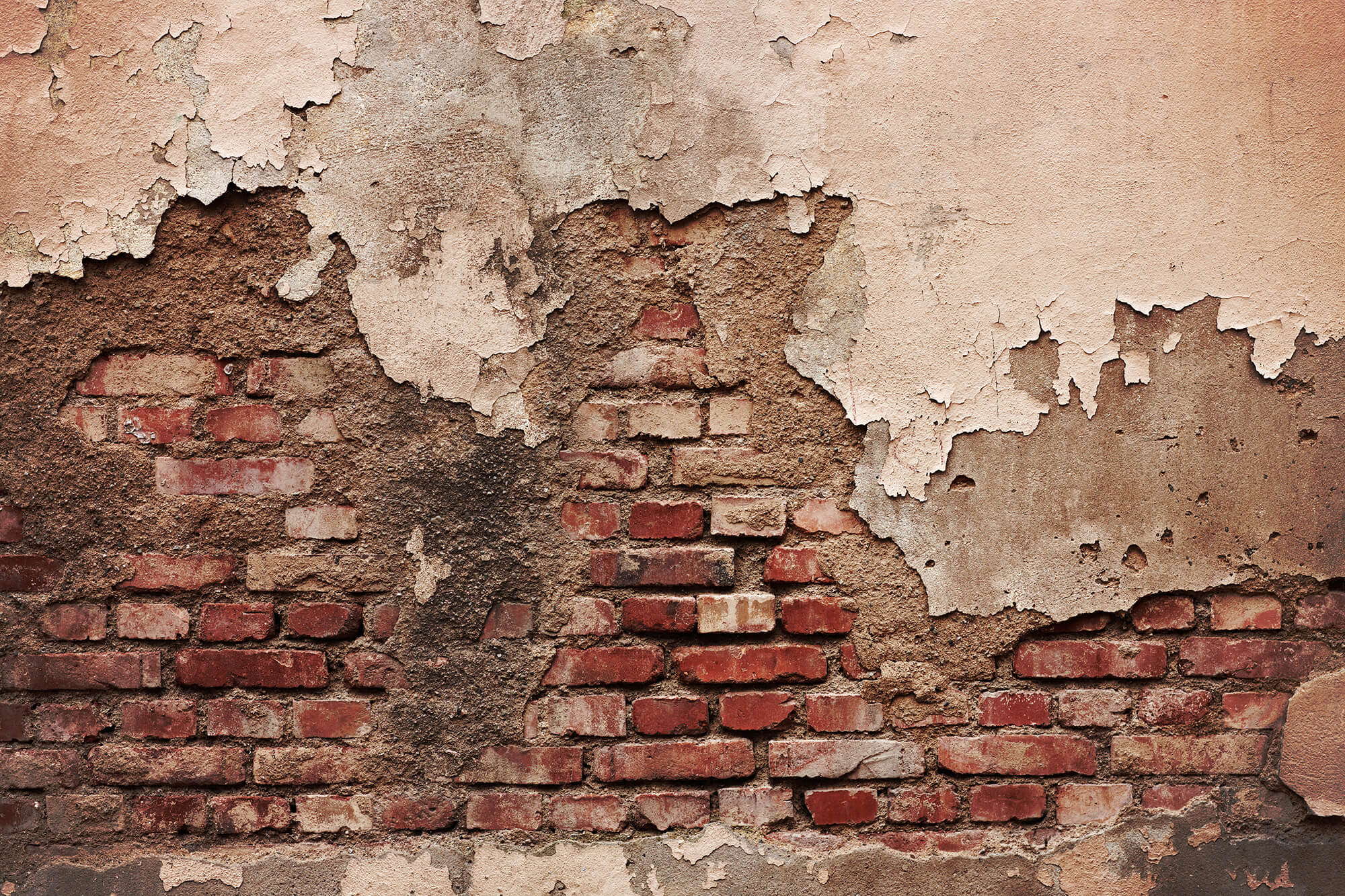
What's Your Take? Leave a Comment